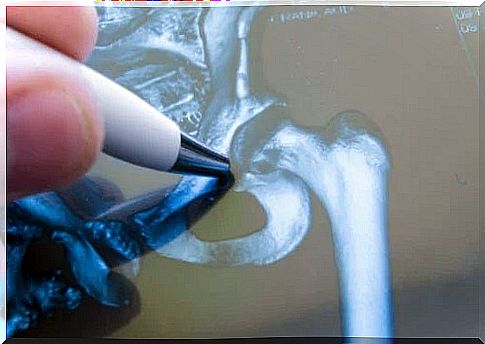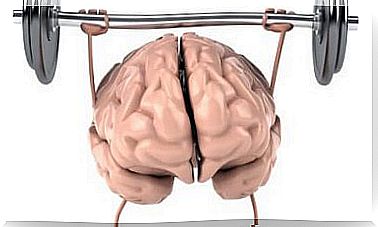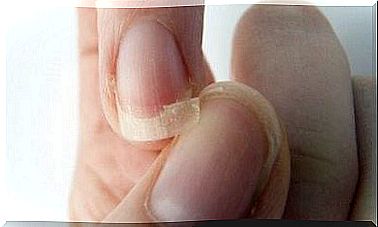Hip Fracture: Everything You Need To Know

A hip fracture is a serious injury that can be life threatening. It is the most severe complication of osteoporosis and, unfortunately, is a very common health problem in the elderly. In countries like Spain, there are about 60,000 cases a year, or 100 patients per 100,000 inhabitants.
Most people with a hip fracture are over 80 years old, with advanced age complicating the clinical approach and possible recovery. If you want to know everything about hip fracture and its prognosis, read on!
What is a hip fracture?
The hip fracture is defined as a bone lesion and a rupture in the proximal extremity of the femur, as indicated by the Spanish Higher Council for Scientific Research (CSIC). Depending on the location, it can affect the femoral head, femoral neck, trochanter or other segments.
Fractures of the femoral neck are intracapsular, i.e. they are located inside an articular capsule; in this case, at the point of insertion between the femur and pelvis. Trochanteric lesions and those occurring in other segments are classified as extracapsular because they do not affect the joint itself, but rather the length of the bone.
According to documents on the Medigraphic portal, different types of hip fractures can be classified based on many parameters. If we look at the degree of displacement of damaged structures, we have the following categories:

What causes a hip fracture?
As the Mayo Clinic points out, a serious impact – such as a car accident or a sudden fall – can cause a hip bill in anyone, regardless of gender or age.
In any case, as we have already said, the average age of patients is 80 years or more, with a higher incidence in women. This is due to the higher prevalence of osteoporosis in this age group, which is much more vulnerable to mechanical stress and shocks.
Bones are not fixed tissues because they are generated and destroyed depending on individual growth and physiological requirements. This process is known as remodeling. After the age of 30, the destruction of bone tissue exceeds the rate of production, which makes the bones become fragile, porous and weak.
Thus, an elderly patient with osteoporosis is much more prone to fractures than a young person. Most problems occur when the individual falls off his feet, resulting in a femoral rupture of greater or lesser severity.
Risk factors
Symptoms of hip fracture
As the MSD manuals explain, the most common symptom is a very strong and obvious pain in the groin area after a fall. If the bone fragments have separated (type III and IV lesions), the subject cannot walk, stand or even move the affected leg.
If the fracture is mild (type I), the patient may try to lead a normal life for several days, despite the pain. This is not recommended, as the only thing it causes is an increased risk of death, both in the short and long term.
Possible complications
According to studies, between 2 and 7% of patients die in the hospitalization phase, ie shortly after hospitalization. Between 6 and 12% of the elderly who pass this phase die in the first month after the fracture and up to 33% in less than a year.
The probability of death immediately after injury is 5-10%, increasing to 1/3 of all patients after 1 year. Over 10% of survivors are completely disabled, with no possibility of returning to their previous residence. Unfortunately, the data is bleak.
What is the cause of this fatal prognosis? The portals already mentioned explain some of the most common complications of hip fractures:
Diagnosis of hip fracture
Hip fracture surgery
Despite the data provided so far, a hip fracture in an elderly person is never considered the end of the road. Therefore, it is essential to try an approach through surgical treatment. It is a very delicate process because, as the National Library of Medicine in the United States indicates, recovery can take up to a full year.
Depending on the type of injury, various surgeries can be performed.

A pathology with high mortality
Unfortunately, such pathologies are serious. Although it is possible for the patient to recover after a complete hip replacement and lead a normal life, in many cases this does not happen and death occurs earlier.
Beyond the severity of the hip fracture itself, it must be taken into account that most affected people are elderly and already have chronic pathologies. This is why recovery is so expensive and the mortality rate so high.









